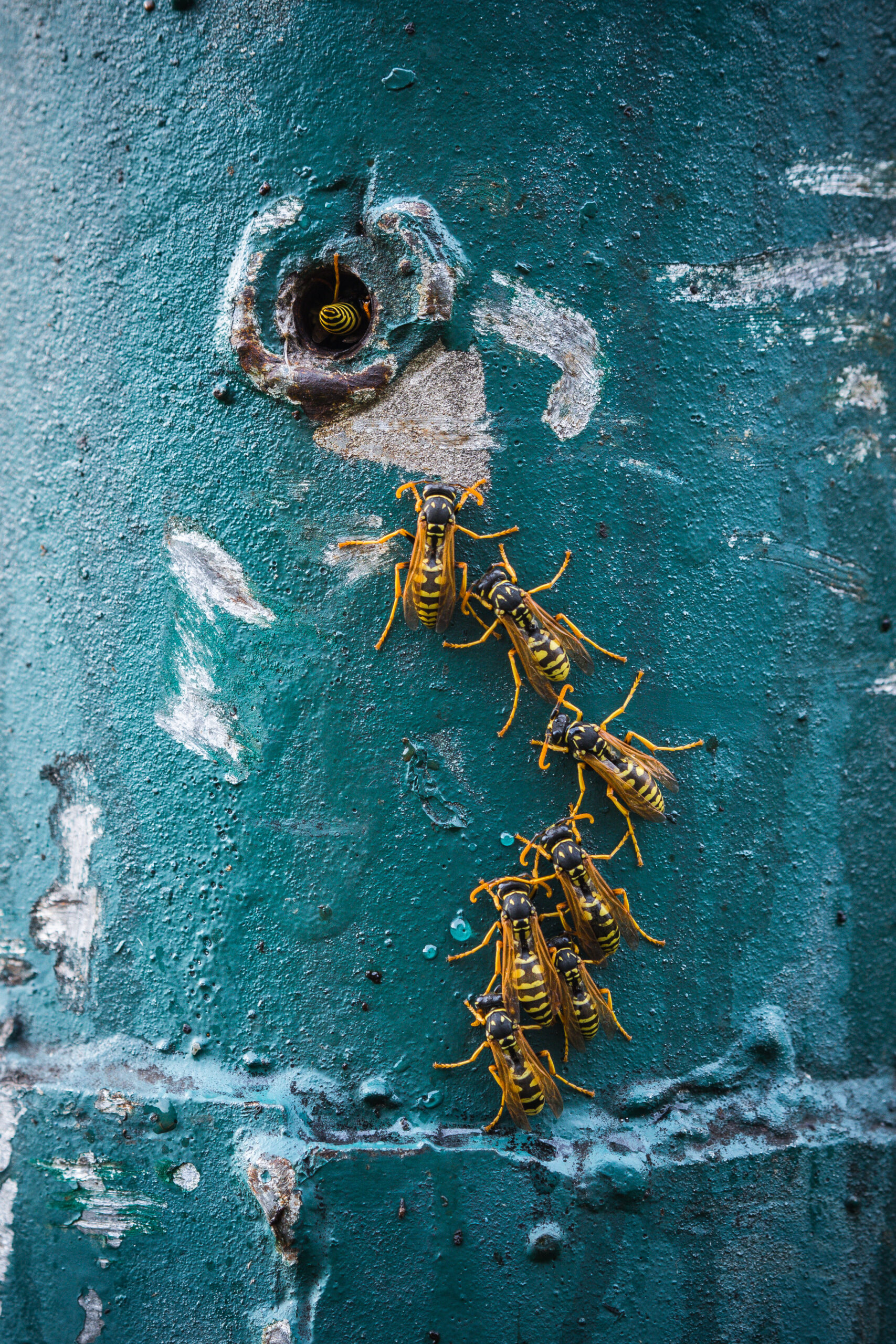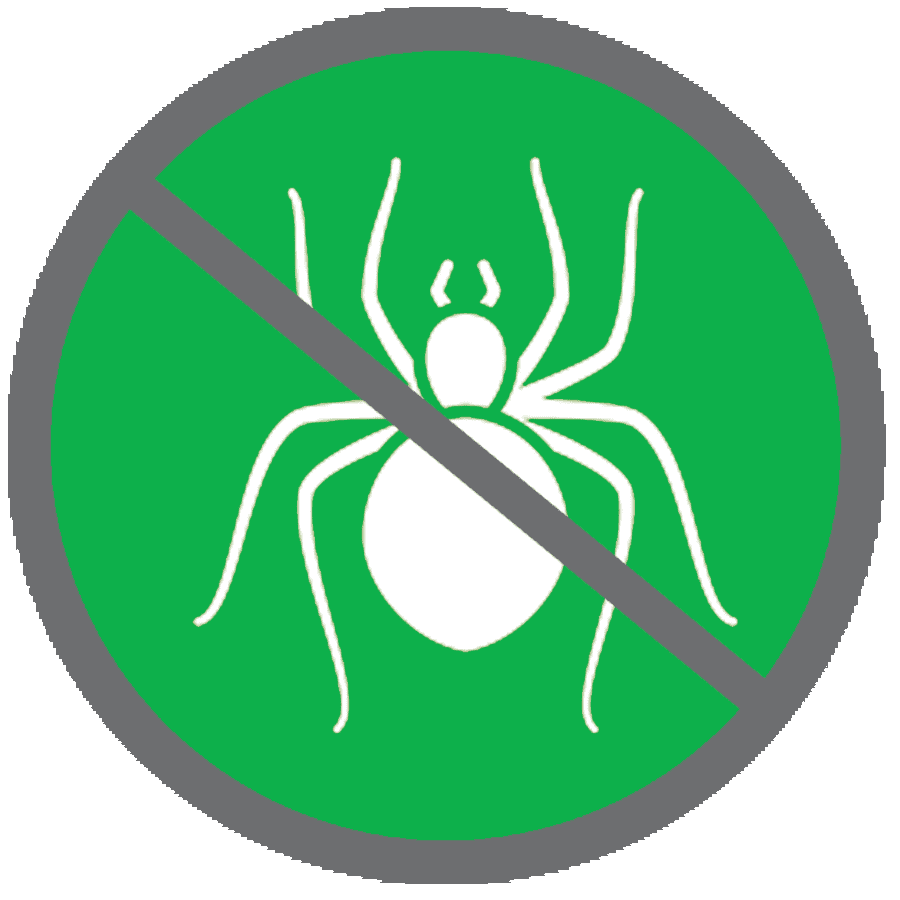Stinging Insect Control
NORTH CAROLINA’S BEST LOCAL PEST CONTROL

Kind Pest Control
Understanding Stinging Insects
Kind Pest Control helps protect your family and pets from all types of stinging insects by helping you build a pest barrier around your property. Though it is impossible to stop a bee or wasp from flying onto your property, it is completely feasible to limit exposure to bees, wasps and yellow jackets.
Solutions from Kind Pest Control
Not only does Kind help you clean out existing beehives, wasp and hornet nests on your property, but we work to ensure they don’t come back. Our thorough inspections conducted by our professional technicians identify all of the likely places where a nest or hive could be built and we then work to build a barrier against bees and wasps living on your property.
If you are seeing an influx of bees or wasps around your property, it is a good idea to request an estimate from Kind Pest. For more information on stinging insects and our pest control solutions, please read here.
Kind Pest Control
FOR EVERY SERVICE AT KIND PEST,
WE WILL PLANT ONE TREE

We care deeply about the planet and creating a business that gives back to nature. That’s why we’re thrilled to share that we’re partnering with One Tree Planted to plant a tree for every service provided by Kind Pest control. We’re honored to help reforestation efforts through One Tree Planted as an integral part of our business.

Kind Pest Control
Next Steps

Kind Pest Approach
Kind Pest Control offers thorough ant inspections, species identification, and targeted treatments designed to eliminate colonies within 5–7 days.
Request A Quote
To get started, simply follow this page and complete the form—we’ll review your information and provide you with a personalized quote as soon as possible.
Service Options
Kind Pest offers a variety of effective pest control options tailored to your needs—explore our services and see which solution is right for you.
More Information on Stinging Insects
Bees and wasps, in particular live a solitary life, however, honeybees, bumblebees, paper wasps, yellow jackets and hornets commonly live in colonies. They sting their prey so that they can render them paralyzed and protect their hive from potential predators. In some cases, these stinging insects may attack humans, especially when they feel they are threatened.
However, the risk of getting stung by bees and wasps are unlikely, unless you search for them and make them attack you. But, despite the low risk of attack, around 500,000 people in the United States are sent to hospitals each year due to stinging insects.
WHAT HAPPENS WHEN STINGING INSECTS ATTACK?
For some individuals, a sting from one of these stinging insects can create an allergic reaction due to the immune system reacting to the allergen. The yellow jackets, honeybees, paper wasps, hornets, and fire ants all have their own identifying toxins that may react to an individual’s immune system, which can create the following severe reactions.
- Facial swelling
- Nausea
- Vomiting
- Abdominal pain
- Difficulty in breathing
- Dizziness
- Confusion
- Swelling on the affected area
WHAT ABOUT THE HONEY BEES?
Honeybees in particular, are necessary pollinators and are considered valuable, which is why they are mainly taken care of. They are treated with respect and are mostly saved from extermination by removing their nest and placing them in a more suitable environment. While solutions may vary from case to case since some stinging insects can harbor in homes and create nests in attics and walls, Kind Pest Control will provide the right solutions in removing these nest sites away from your home.
NESTING SITES OF STINGING INSECTS
- The walls of buildings
- Cracks in masonry
- Old tires
- Shrubs
- Woodpiles
- Large mounds
- Trees near a house
- Attics
